Unbelievable Tips About Types Of Line Graphs In Math Excel Double Y Axis
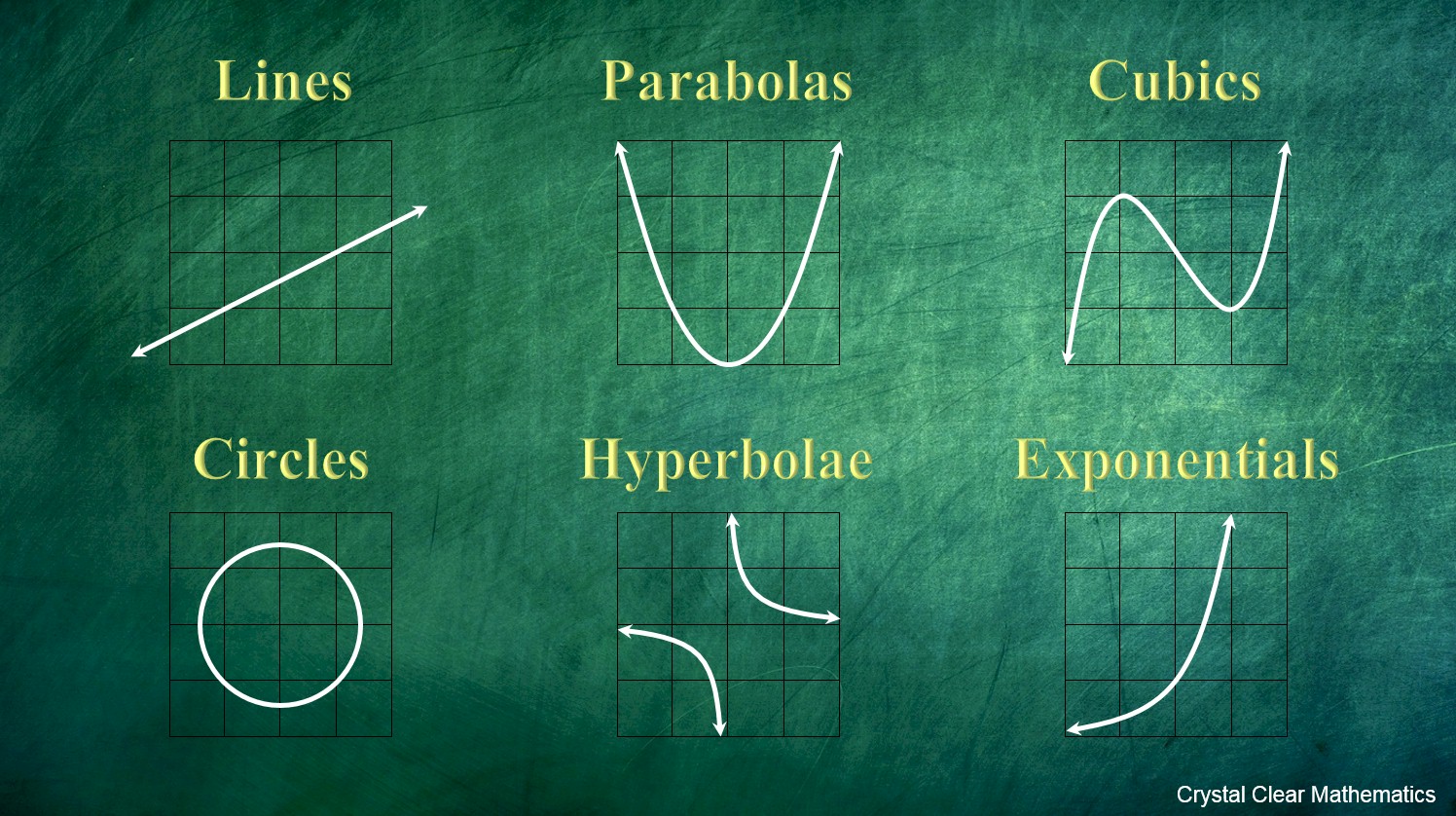
Types of graphs can include points, straight lines, curves, polygons, and circles, depending on the type of graph that is needed.
Types of line graphs in math. Here in this article, we will learn about line graphs including its definition, types, and. A graph that shows information connected in some way (usually as it changes over time). Simple line chart, multiple line chart, and compound line charts.
Topics you'll explore include the slope and the equation of a line. A line graph—also known as a line plot or a line chart—is a graph that uses lines to connect. These are explained here in brief.
Bar graph bar graphs are the pictorial representation of. More than one line is plotted on the same set of axes. The three types are:
There are mainly three types of graphs: Line graph bar graph histogram 1. Line graphs are one of the most commonly used types of charts.
Use the power of algebra to understand and interpret points and lines (something we typically do in geometry). Simple line chart a simple line chart is plotted with only a single line that shows the. Only one line is plotted on the graph.
Somer anderson investopedia / nono flores what is a line graph? You record the temperature outside your house and get these results: Bar graphs are better for comparing larger changes or.
A line graph is a type of graph used to spot trends close trend a pattern in data. Line graphs are useful for displaying smaller changes in a trend over time. Linear graphs are straight line graphs to represent the relationship between two quantities.
This graph helps in depicting a result in single. Here we will learn about types of graphs, including straight line graphs, quadratic graphs, cubic graphs, reciprocal graphs, exponential graphs and circle. If information can be subdivided into two or more types of data.
It shows how a whole. Graphing is a major component to the. A multiple line graph can effectively.
A line graph is a type of graph drawn by using line segments to connect data points. For example, the variation in average daily temperatures over a week or a month can be represented using a line. In data over time, eg hours in a day or months in a year.
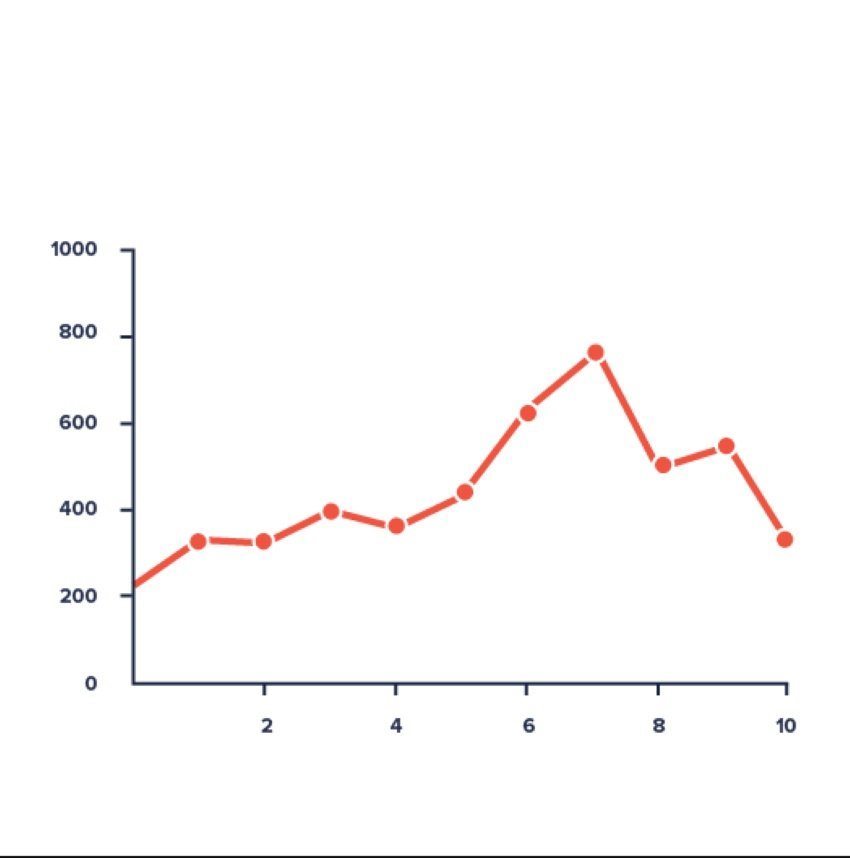

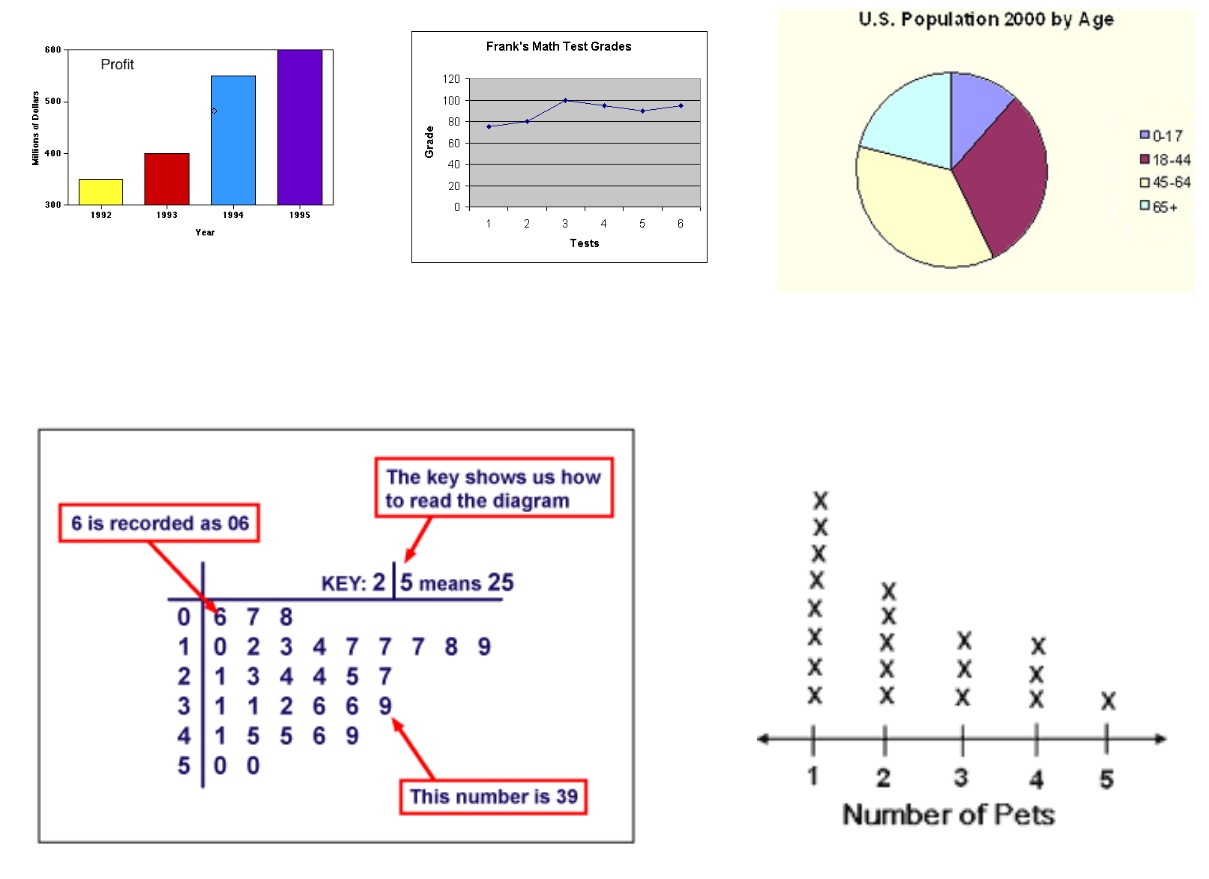





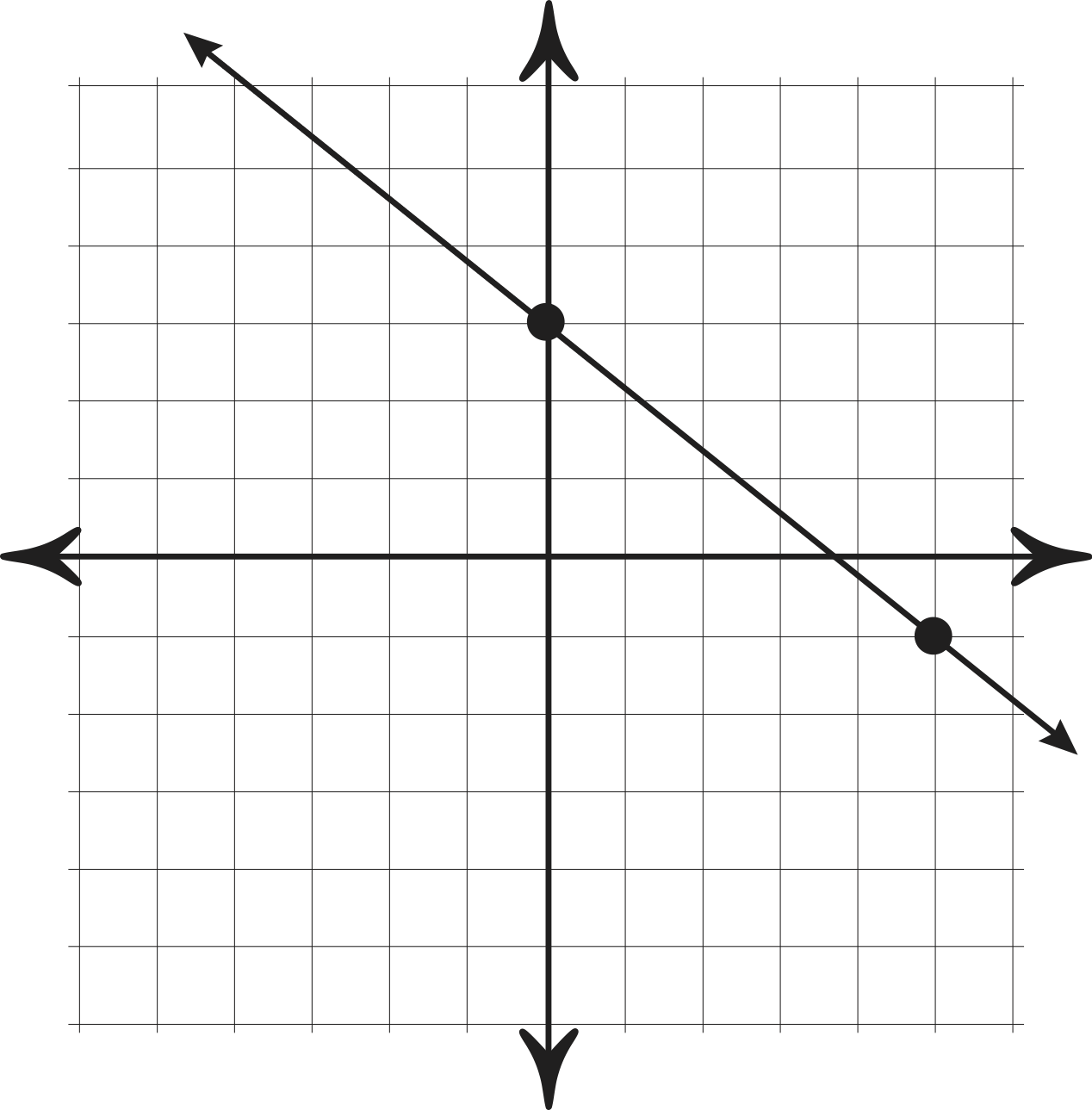
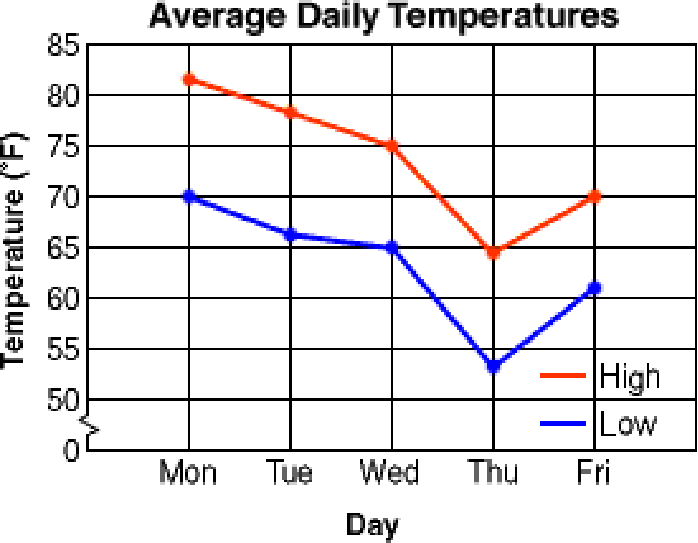
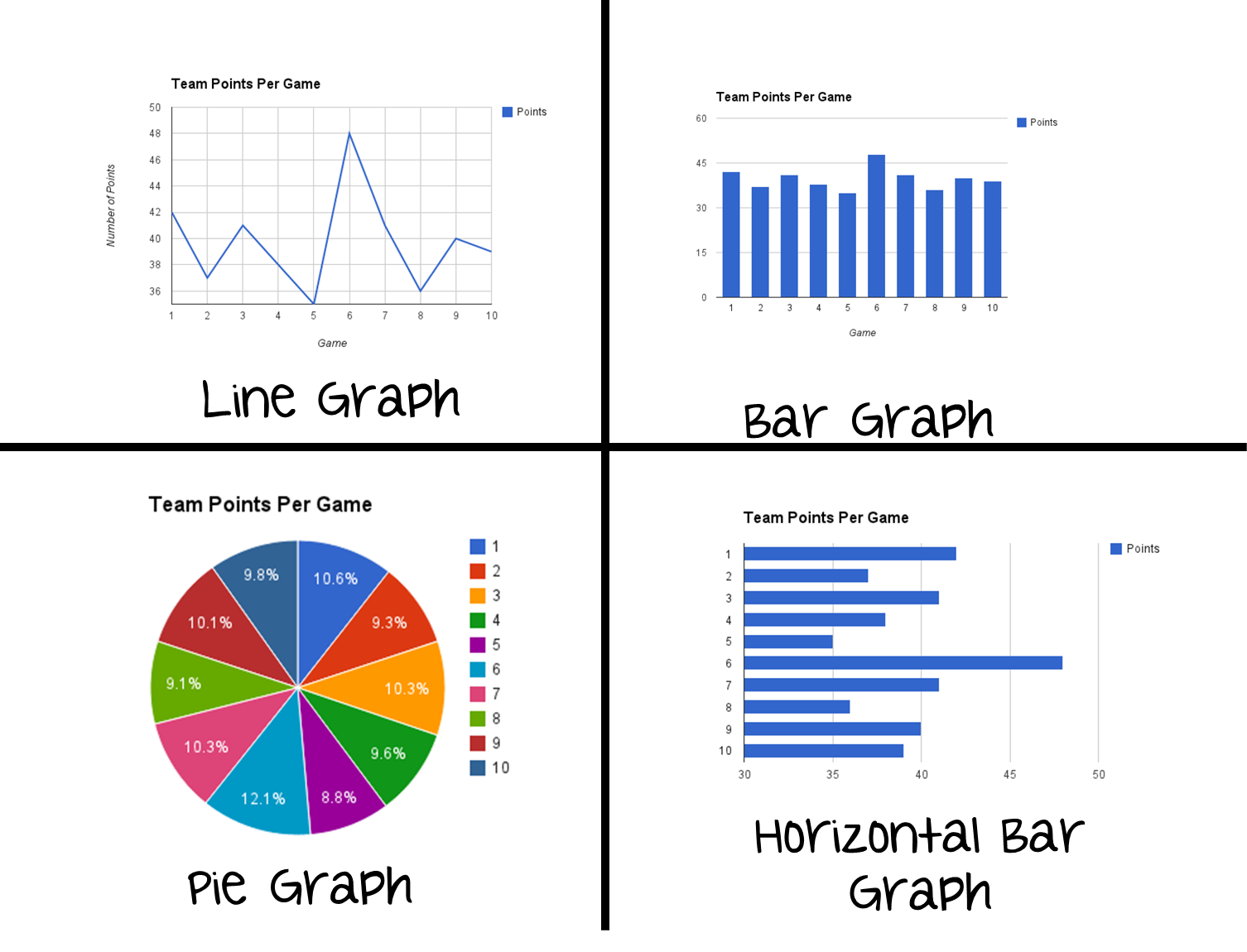

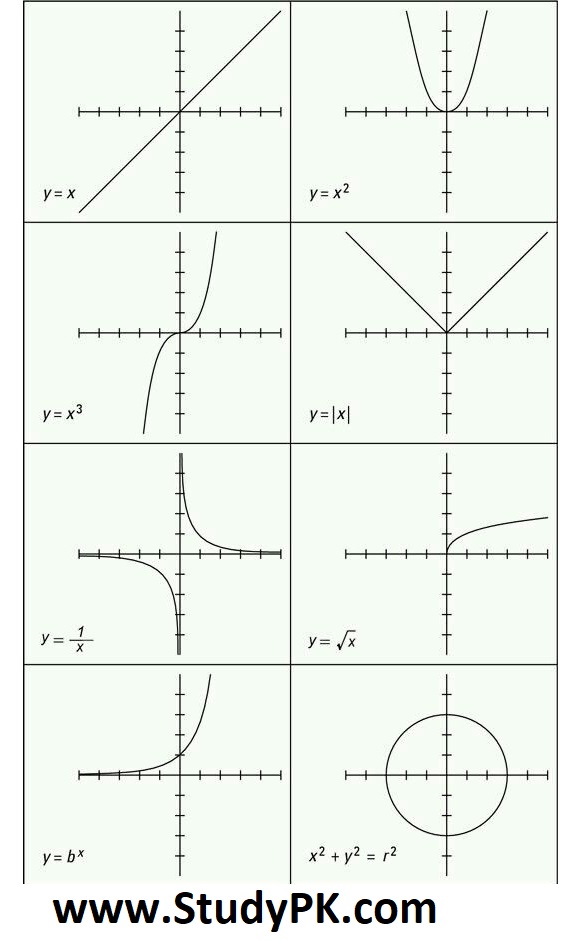
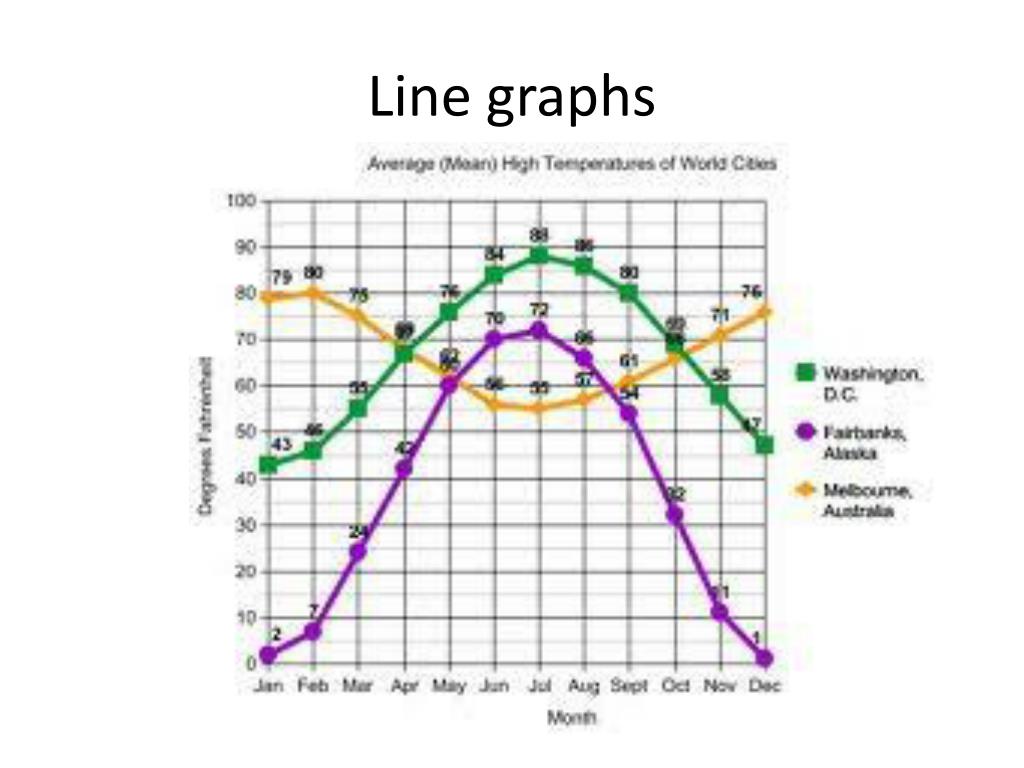



![3 Types of Line Graph/Chart + [Examples & Excel Tutorial]](https://storage.googleapis.com/fplsblog/1/2020/04/line-graph.png)